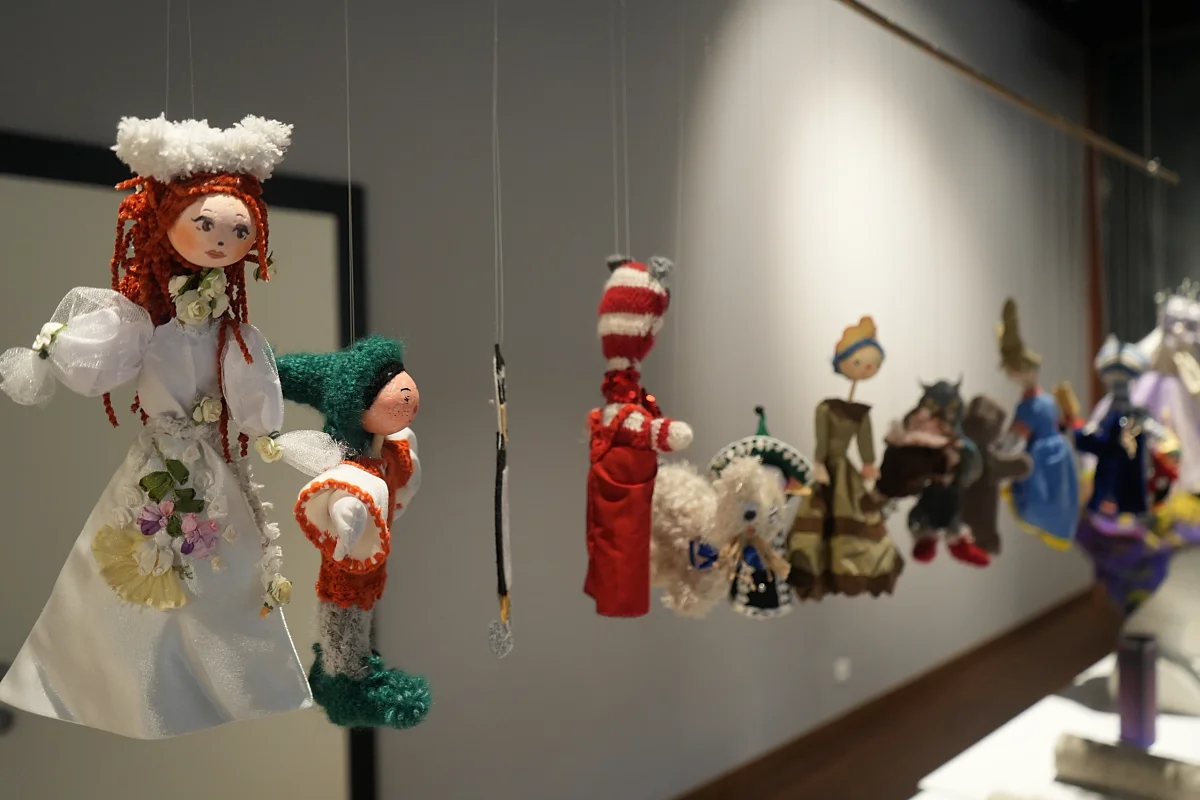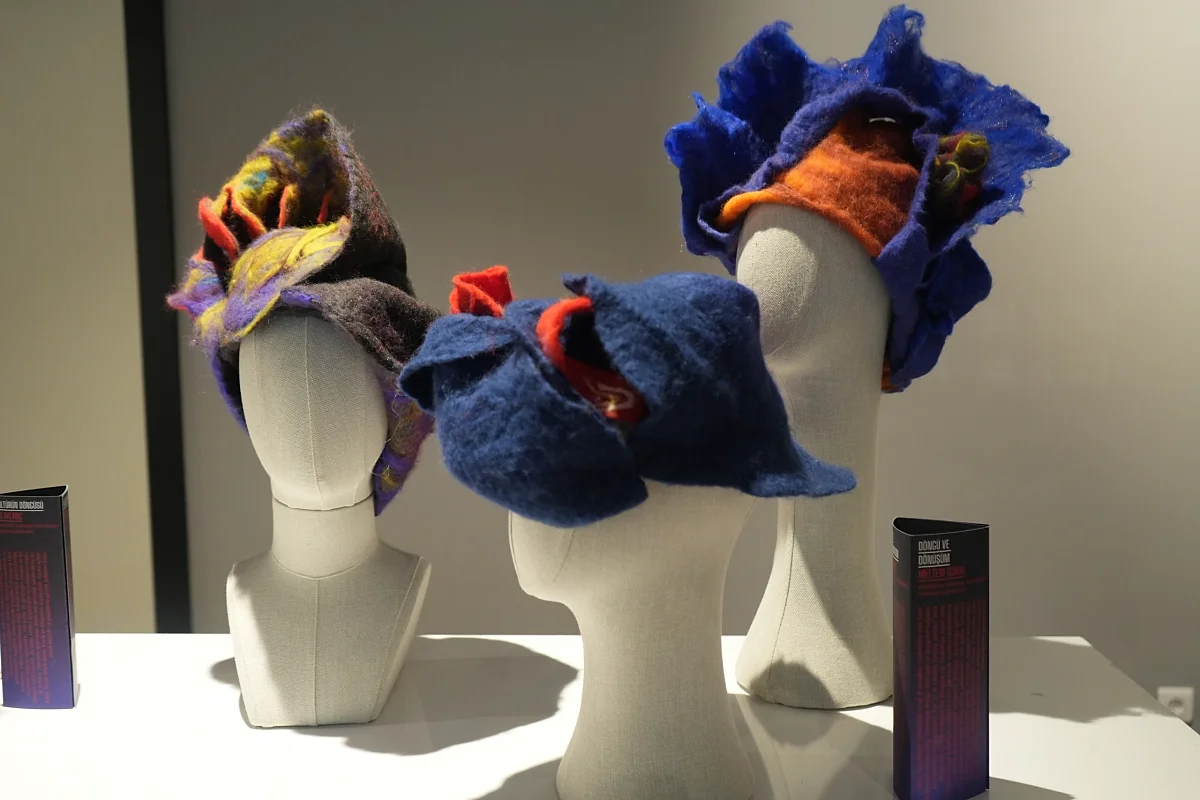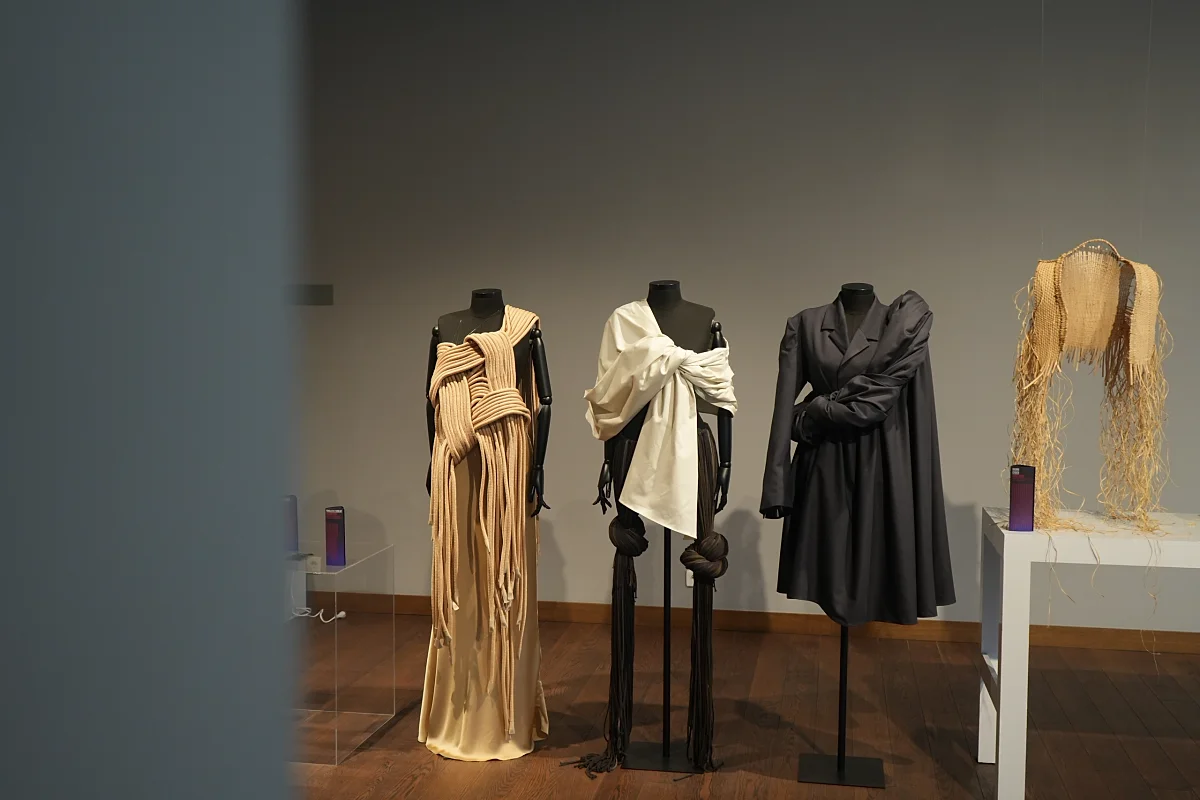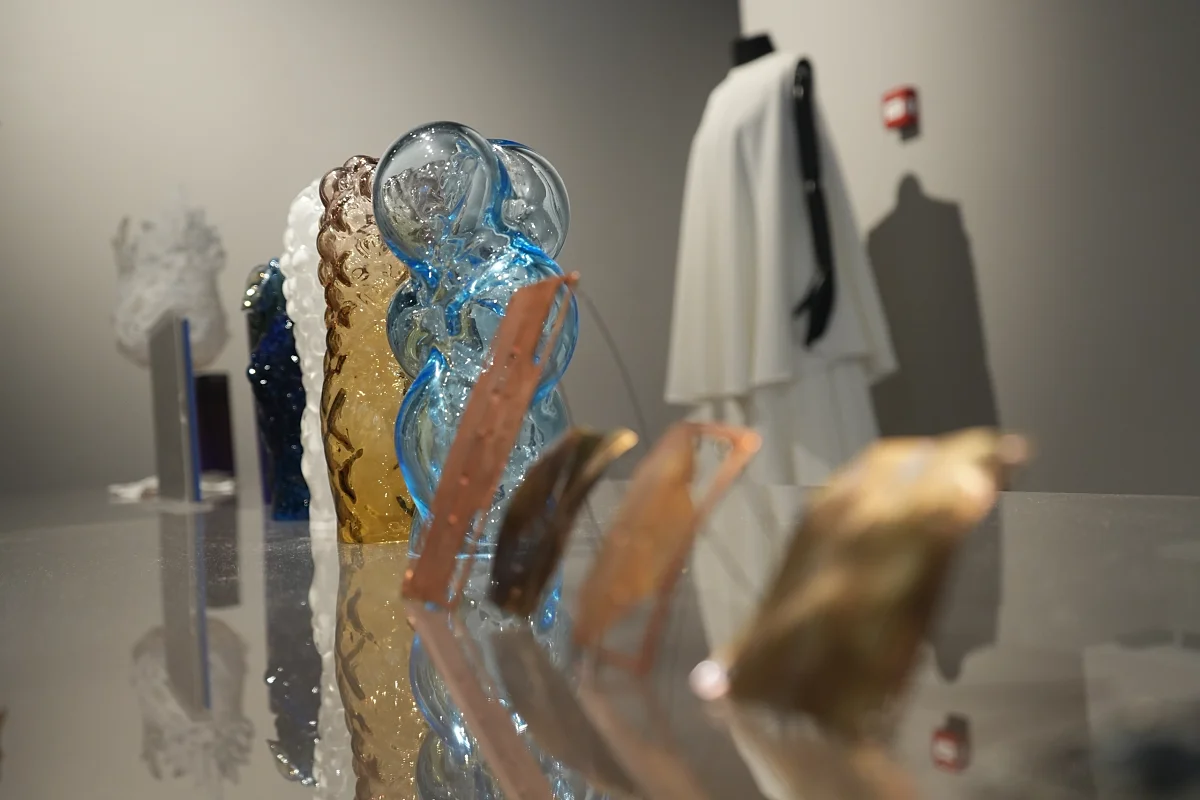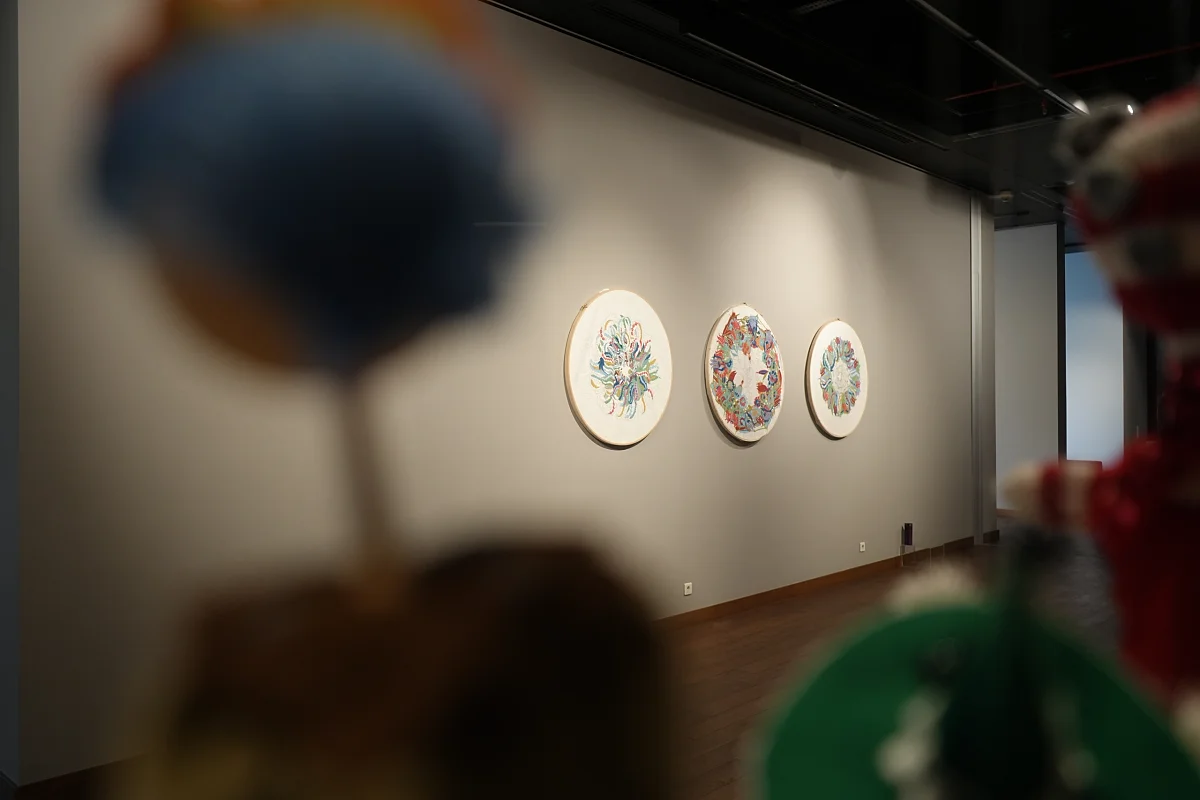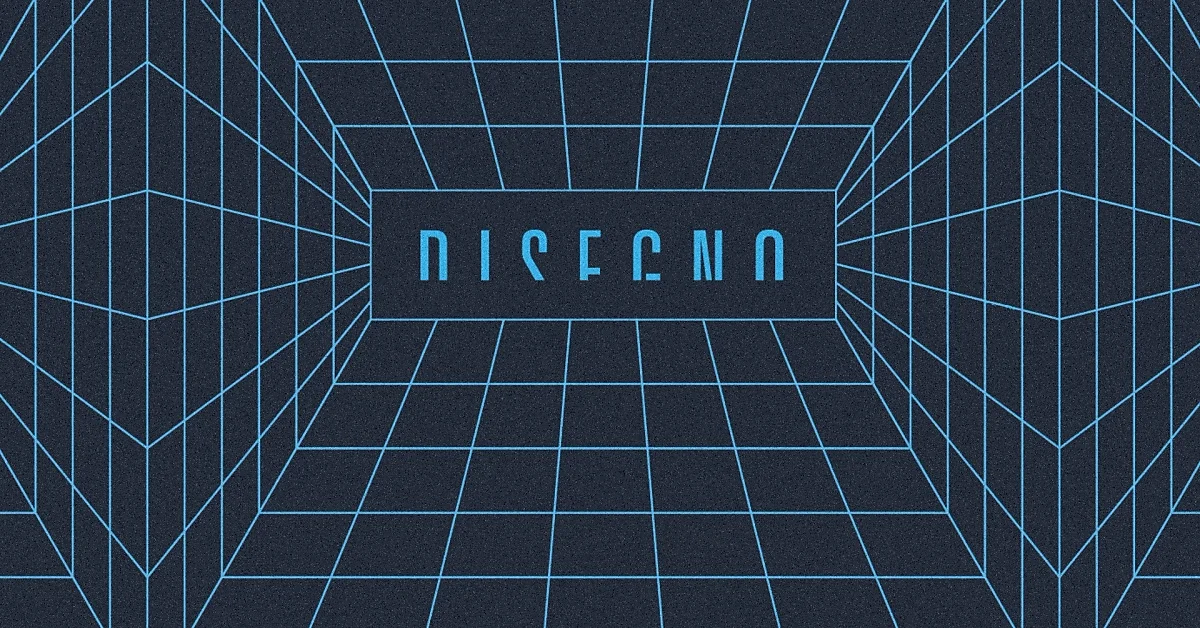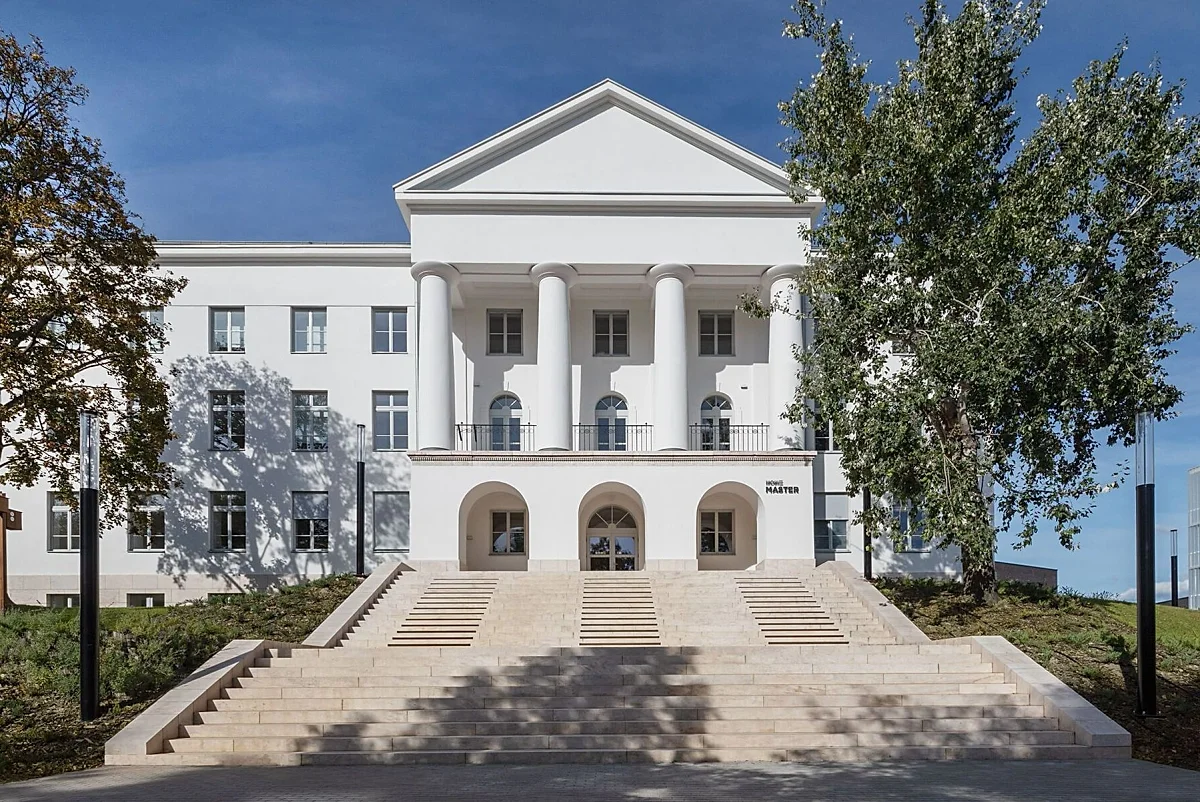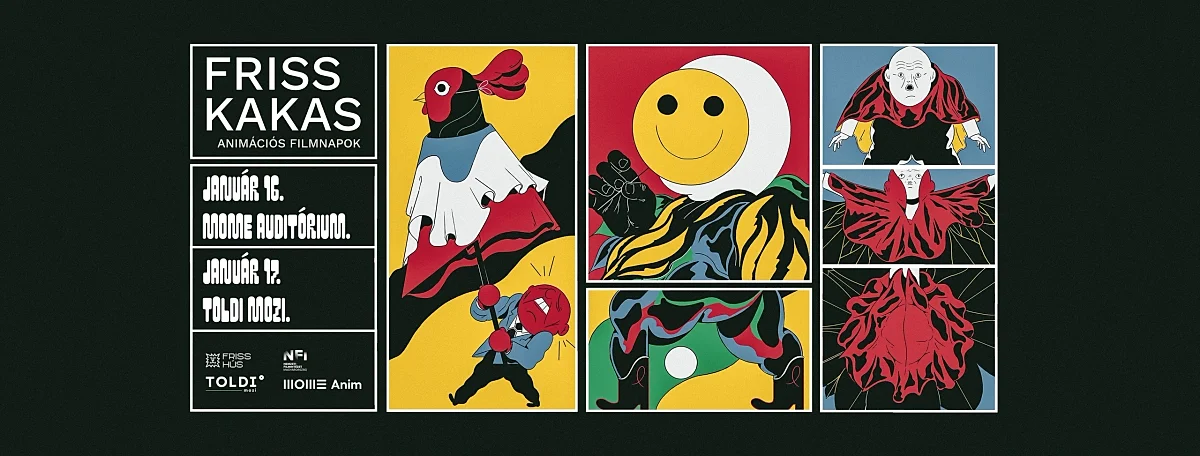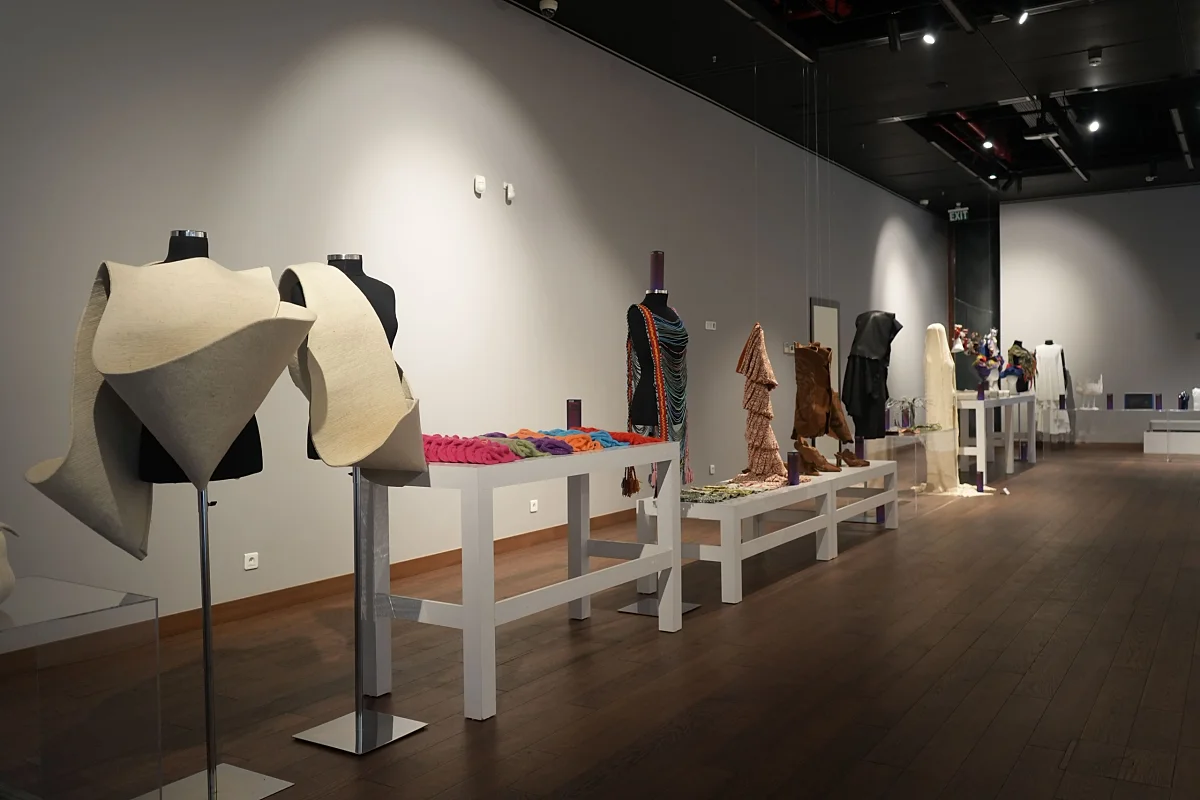
Future Traditions 2.0 – MOME MA students’ debut in Istanbul
The participating students and teachers come from various areas of design, ranging from textile design to object crafting. Twenty-five students – fifteen from Hungary and ten from Turkey – have each provided a personal interpretation of folk traditions, offering an opportunity to explore and integrate traditional Turkish and Hungarian patterns and forms into contemporary design practices.
Anna Stefánia Bíró’s Deep Cut Motifs footwear collection draws on equestrian culture, focusing on the relationship between horses and riders, as well as the distinctive design elements of saddle blankets. Sára Dimák’s Gülzece Girl knitted ensemble explores female characters in Turkish folklore through the lens of a prominent legend. Boglárka Fodor's Fringe & Form collection is inspired by the decorative elements of Turkish clothing, including tassels, fringes, and knots, each carrying significant aesthetic and symbolic meaning. Nóra Frankó developed her Woolen Connections project by researching the characteristics of pastoral life and semi-nomadic lifestyles. The project incorporates the functional layers of shepherd's attire, reflecting on the harmonious coexistence of humans and animals.
Orsolya Gerencsér's experimental textile object evokes the structure of the Ottoman-era kavuk headgear, using its form and aesthetic to reference the cultural impact of the period. Sára Fanni Jurik’s Performance of Whirling Skirts explores the spiritual energy of the Whirling Dervishes, exploring the connection between movement and form. Sára Lettner's Hammam Experience draws on the traditions of Turkish bath culture, with her knitted textiles reflecting the sensory elements of different stations within the bathhouse. Inspired by yurts, Phuong Anh Nguyen’s immersive installation What Remains explores the ancient technique of felting, showcasing the transformation of two materials – wool and felt – as part of a broader exploration of craft traditions.
Janka Szalay-Bobrovniczky’s Textile Bazaar project ties together Turkish and Hungarian words through intricate knitted patterns, creating vibrant scarves that capture the essence of bazaar atmospheres. Anna Edit Szöllősi’s Iznik Wreath recalls the ornamental style and technical precision of Iznik ceramics, captured in a three-piece textile collection. Anna Winkler’s VETÍTS installation, based on moiré animation, links the two cultures via the iconic tulip motif, drawing upon the tradition of the Karagöz shadow theatre. In his Tension project, Szabolcs Baranyay uses macramé and glass to explore the intersection of craftsmanship and organic material use. Zsolt Horváth’s Perforated Review collection incorporates perforated jewellery designs that mimic the texture of crumpled fabrics, symbolising vitality and strength.
Kincső Orsolya Keglevich’s work Pomegranate’s Hidden Happiness evokes Turkish symbolism through the pomegranate, creating a serving bowl inspired by the fruit. In Marashi Heritage, Tsovinar Manukyan transforms the Marashi embroidery tradition into a modern symbol of strength and vulnerability, as embodied by seven interconnected metal rings.
Future Traditions 2.0 is a collaborative exploration, fostering a deeper understanding of cultures through dialogue expressed in material culture. The international research and educational development programme, launched in 2015 by MOME in partnership with the University of South-Eastern Norway, is built upon the complementary strengths of both institutions. MOME’s contemporary design philosophy has provided inspiration to the USN’s focus on traditional craft education, while MOME has benefited from the Norwegian institution’s emphasis on living traditions. As a result, students engage in bilateral, individual research and development projects that uncover cultural values rooted in folklore, integrating ancient knowledge and techniques. The programme also offers international visibility for MOME’s Future School, as well as for its Fashion and Textile Design and Designer-Maker MA programmes, through exhibitions, publications, and lectures.
Teachers: Hedvig Harmati, Ildikó Kele, Judit Bráda, Edit Szűcs, Nóra Hevesi, Flóra Vági, Zoltán Lublóy, Márton Szentpéteri, Balázs Vargha
Marmara University collaborators: Arslan Sevim, Akça Ülkü, Sünnetciler Nil, Tecir Elif Tuğçe, Çeşmeli Eren / Berzah Nurullah İbrahim, Gönül İlayda, Pehli̇van Deni̇z, Yilmaz Aidana, Bozkurt Merve, Aylanç Ni̇l, Günay Meltem, Kiliçkeser Ayşenur - Kurttepeli̇ Yağiz, Yalçin Zehra, Dülgar Meli̇sa.
Our students and teachers travelled as part of the project with the support of the Pannonia Scholarship Programme of the Tempus Public Foundation.
https://culture.hu/hu/istanbul/esemenyek/future-traditions-20
